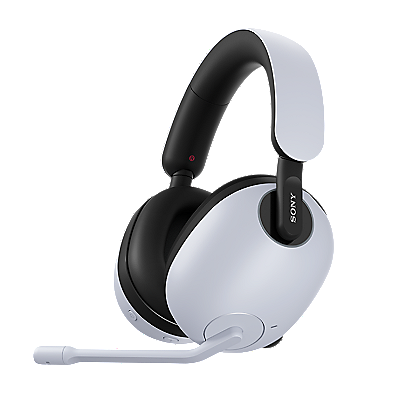Basic knowledge → Focal Length
Focal Length
Focal length is the distance from the center of the lens to the image sensor (focal plane), and each lens has a different focal length.
Focal length is important because it determines the range of a scene you can capture (angle of view). As shown in the following photographs, the shorter the focal length is, the wider range you can capture, while the longer the focal length is, the larger distant objects appear.
- Notes: The relationship between focal length and angle of view varies by camera. The information in this Shooting Guide is based on APS-C format cameras, unless specified otherwise.
11 mm
16 mm
23 mm
33 mm
57 mm
90 mm
200 mm
330 mm
Generally, lenses with a focal length of around 35 mm are called normal lenses, because they have an angle of view close to the human visual field. Lenses with a focal length shorter than this are called wide-angle lenses, and those with a longer focal length are called telephoto lenses. However, there are no strict standards for these terms. Use different lenses according to the subjects or images you want to shoot.
Shot with a wide-angle lens
Focal length: 11 mm
Shot with a telephoto lens
Focal length: 250 mm
Let's check the focal length of your lens. The range of the focal length available with the lens is printed on the lens. For example, focal lengths from 55 mm to 200 mm are available with the SAL55200-2 in the picture below.
Also, on the mount side of the lens barrel (near the camera body), you can see the mark for the focal length currently set. In the picture below, the current focal length is 55 mm.
In this picture, 55-200 on the left side is the range of the focal lengths available with the lens. The white line on the right side indicates the focal length currently set.
Zoom lenses and fixed focal length lenses
Lenses are divided into two types: zoom lenses, which have a variable focal length, and fixed focal length lenses, which have a fixed focal length. Some zoom lenses are versatile enough to range from wide angle to telephoto by themselves. In addition to being useful for everyday shooting, these lenses are especially convenient for travel when you want to carry as little baggage as possible.
Focal length: 20 mm Focal length: 250 mm
On the other hand, if you use a fixed focal length lens, which does not have a zoom feature, you have to move in order to affect the composition. However, fixed focal length lenses are usually faster and have a wider aperture. They offer advantages in expression involving defocused backgrounds and the ability to use high shutter speeds in low-light situations, reducing image blur. In addition, they have superior rendering performance, so you enjoy excellent image quality that cannot be delivered by a zoom lens.
This photograph was shot with a fixed focal length lens. By setting the aperture to a small f-number, the background is defocused to a large degree.
Macro lenses, which allow you to take close-ups by getting closer to a subject, are also fixed focal length lenses. Although many recent zoom lenses have a macro feature with a fairly short focusing distance, their performance cannot match that of a dedicated macro lens.
Lens: SAL50F18 / Focal length: 50 mm / F-number: 2.0
This photograph captured the details of a sunflower with a macro lens. With a macro lens, you can get this much closer to your subject.
Lens: SAL100M28 / Focal length: 100 mm / F-number: 3.5






















